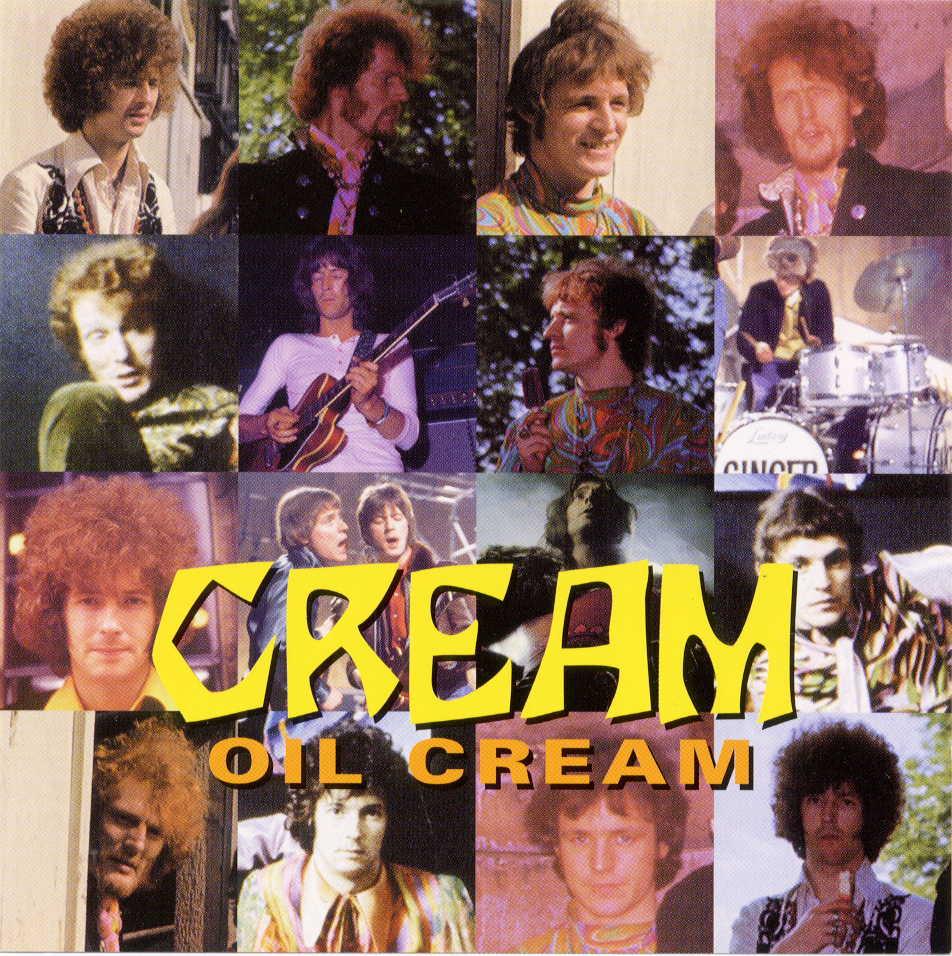

Water in oil cream example skin#
These formulations may serve as cosmeceuticals to protect skin against injurious effects of UVR. This review article summarizes various in vivo antioxidant studies on herbal creams loaded with phyto-extracts. Moreover, modern medicines depend on ethnobotanicals for protection or treatment of human diseases. Cream can be loaded with antioxidants to quench ROS leading to photo-protective effects. The skin can be treated and protected from the injurious effects of ROS by using various pharmaceutical formulations, such as cream. We've helped equip and supply hundreds of laboratories both cost- and time-effectively.The exposure to ultraviolet radiations (UVR) is the key source of skin sunburn it may produce harmful entities, reactive oxygen species (ROS), leading to aging.
Water in oil cream example free#
If you'd like free advice & support in choosing an overhead stirrer for your application, feel free to reach out to Growing Labs at or 1-83.

At 80☌, use a propeller impeller to mix the two for at least 20 minutes. Emulsion phase: Combine the aqueous and oil phases.Oil phase: In a separate container, heat the oil phase - with optionally included glyceryl stearate or emollients - to 80☌.Aqueous phase: Heat the water soluble ingredients - with optionally included xanthan gum and/or glycerin - to 80☌.

pH may be adjusted at this time as well.Īs a sequence of steps, cosmetic emulsion can be listed as below. After a certain temperature is reached during cooling the remainder of the ingredients will be added, such as preservative and fragrance. To address the thickening product that develops as it cools, an anchor impeller is often used to scrape the product from the sides of the vessel back towards the center.

Once this is achieved, the product is allowed to cool with stirring. The emulsification mixing begins when both the heated water and oil phases are combined together, with further mixing to achieve homogenization. Often these heating and mixing steps use a propeller impeller. In a separate vessel the oil phase is also heated 75‑80☌, which can include emulsifiers such as glyceryl stearate, and emollients in addition to the oil or butter used. This may include premixing a thickener such as xanthan gum with glycerin, which is then added to the water and other ingredients. Many cosmetic emulsions are oil in water (o/w), where the oil phase is surrounded by the water phase, but there are many examples of water in oil (w/o) emulsions as well.Ī typical emulsion mixing process begins with heating the water phase and water soluble ingredients to 75‑80☌, depending on the procedure. Emulsion Mixing with Cosmetics Introductionįor many cosmetic formulators, the terms lotion and cream are interchangeable, as both involve mixing to create an emulsion.


 0 kommentar(er)
0 kommentar(er)
